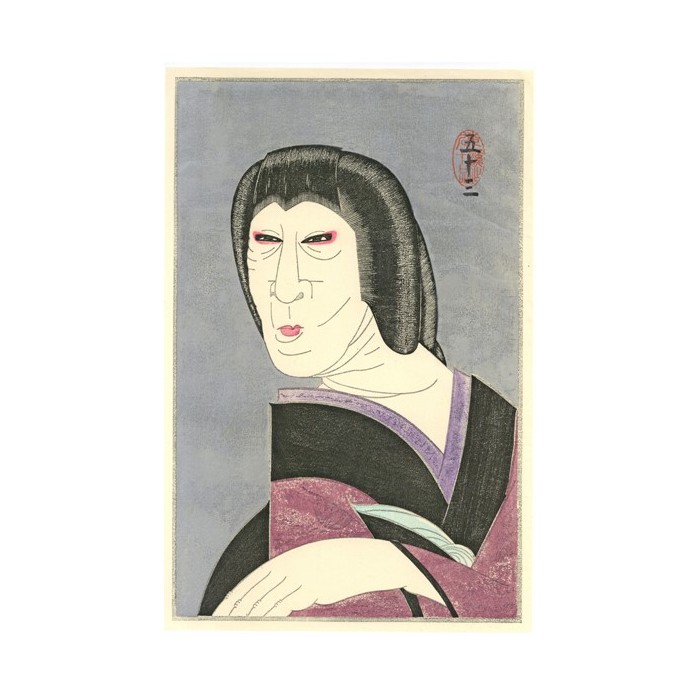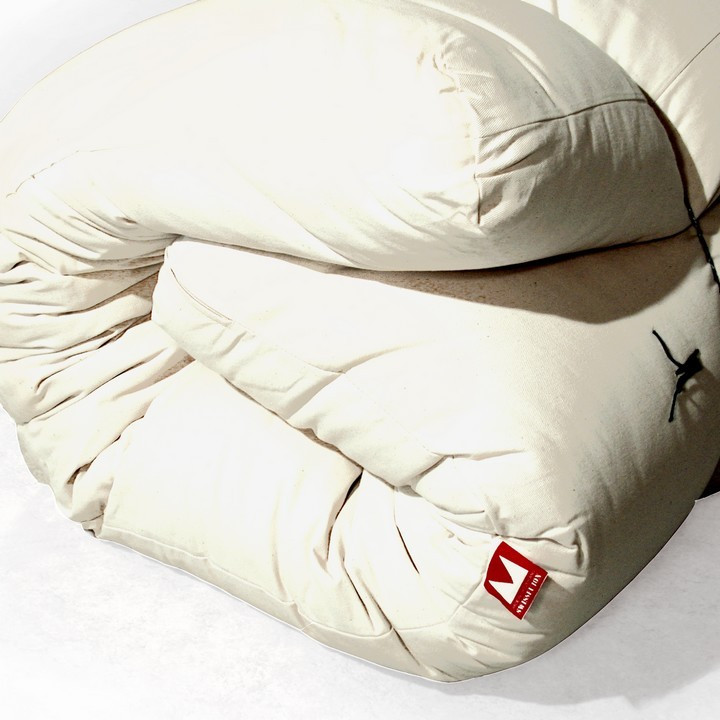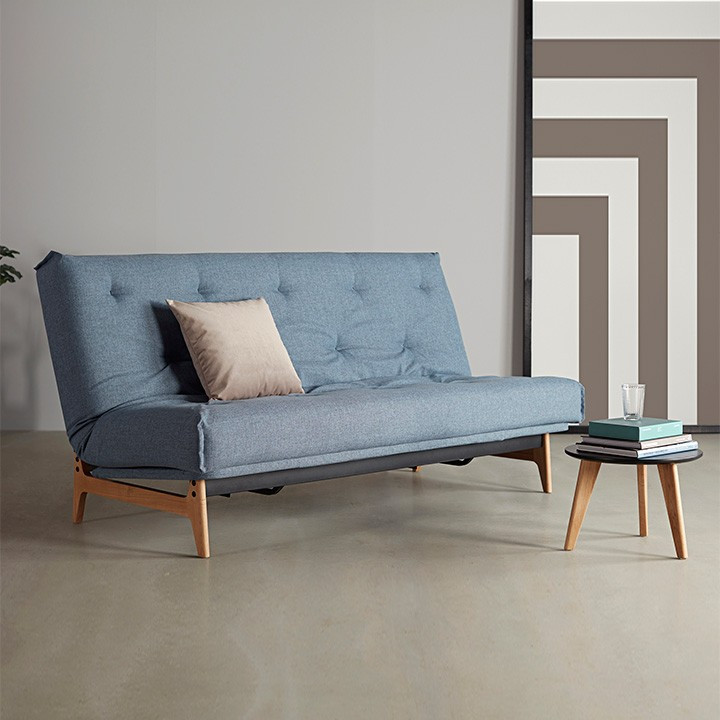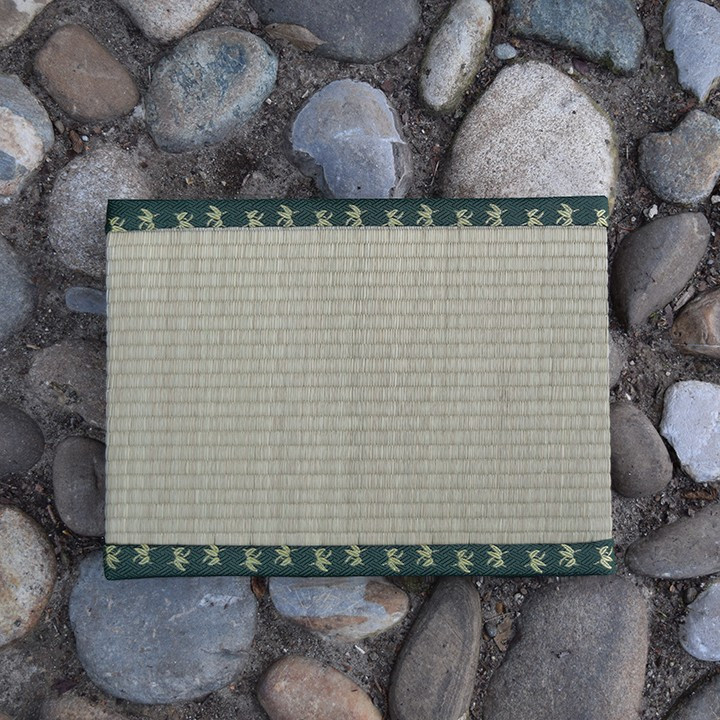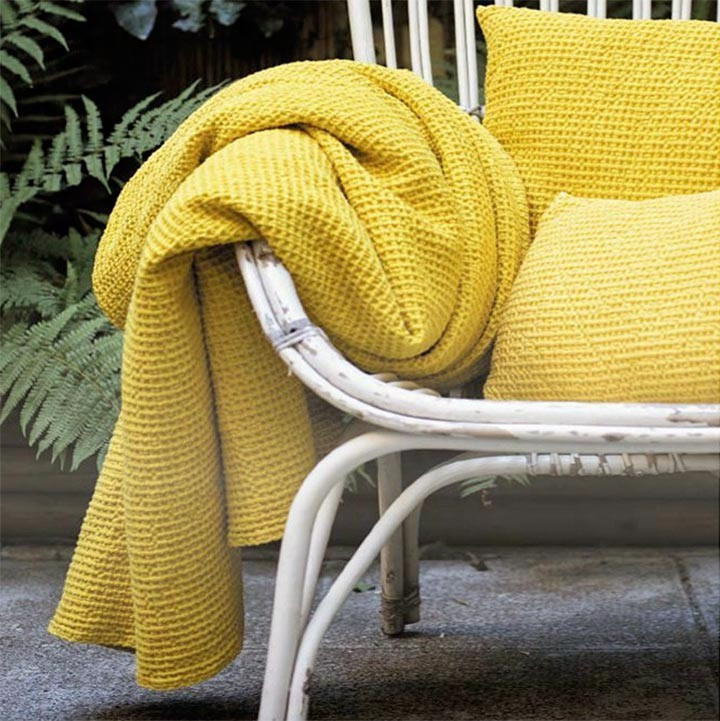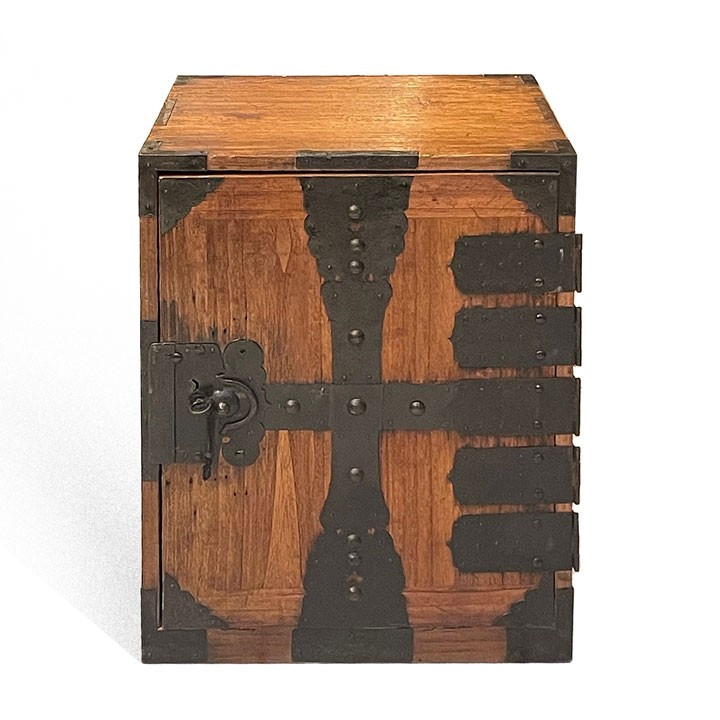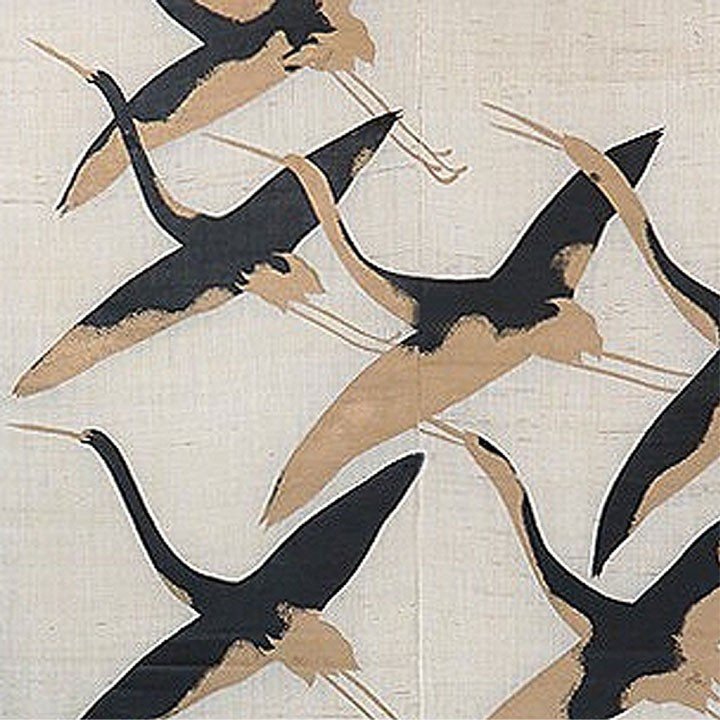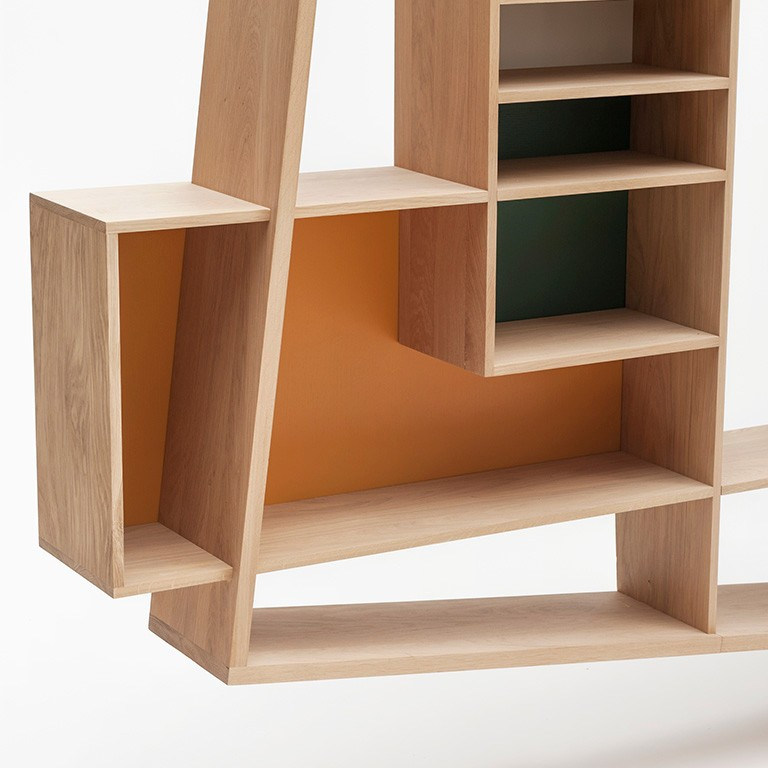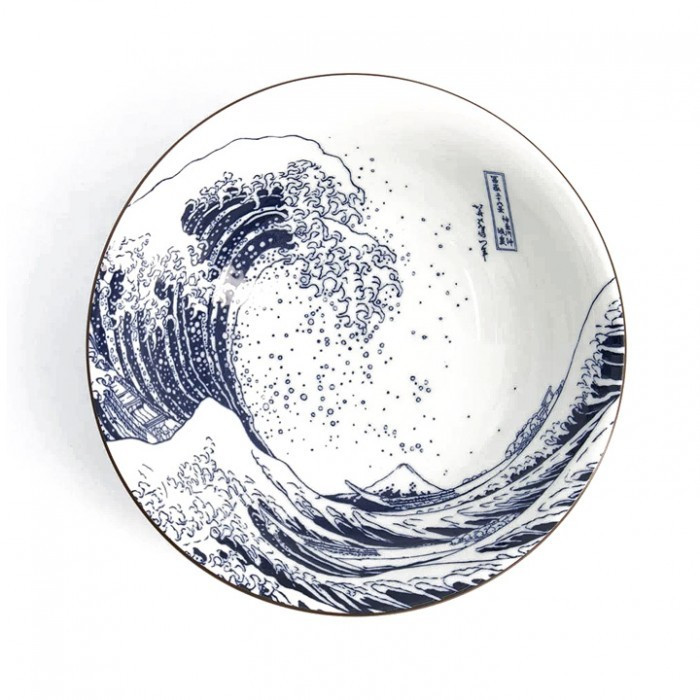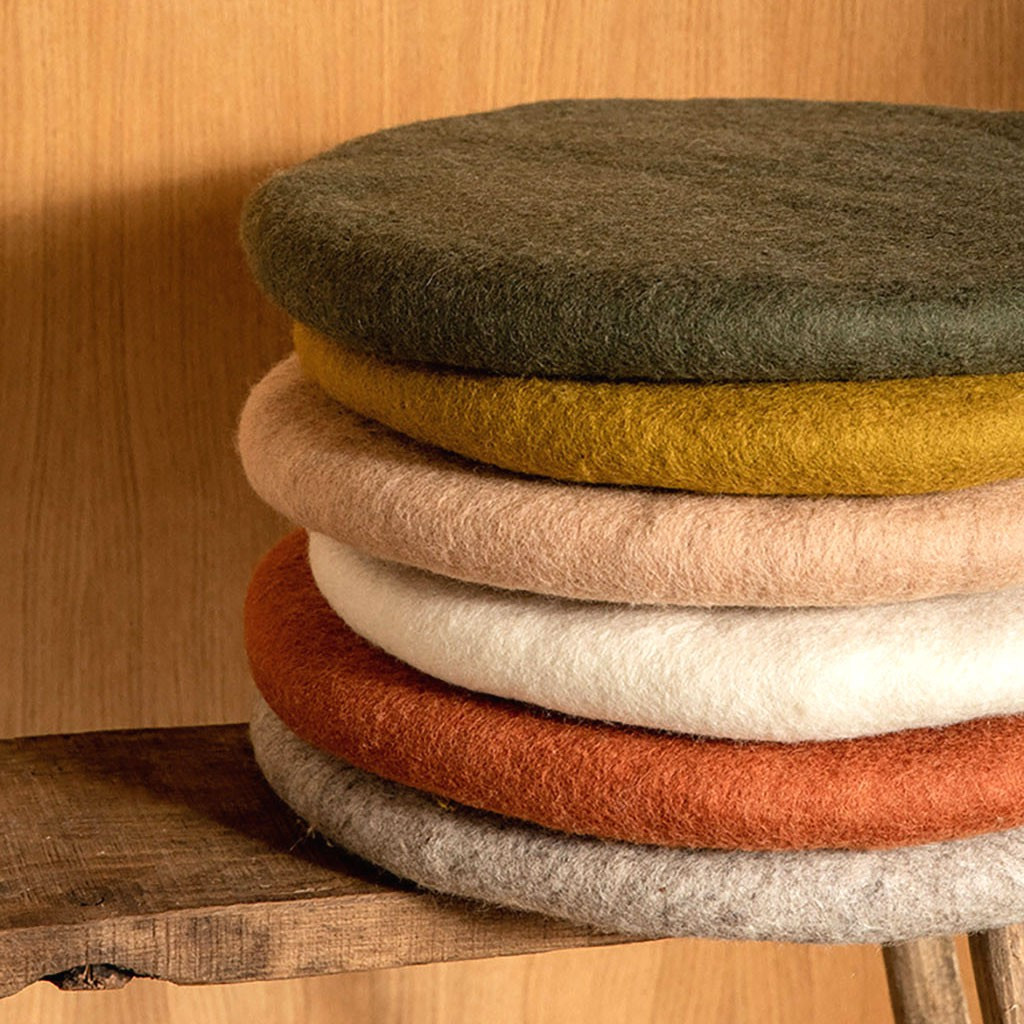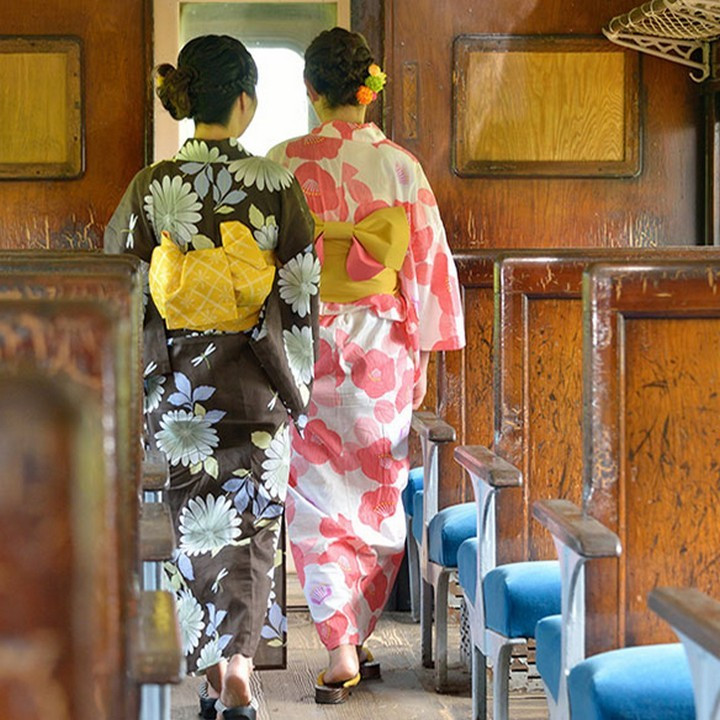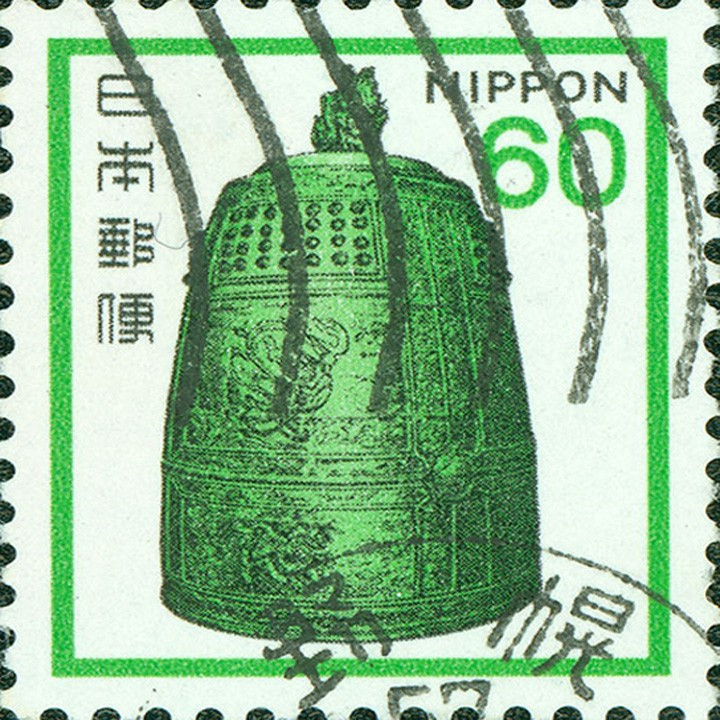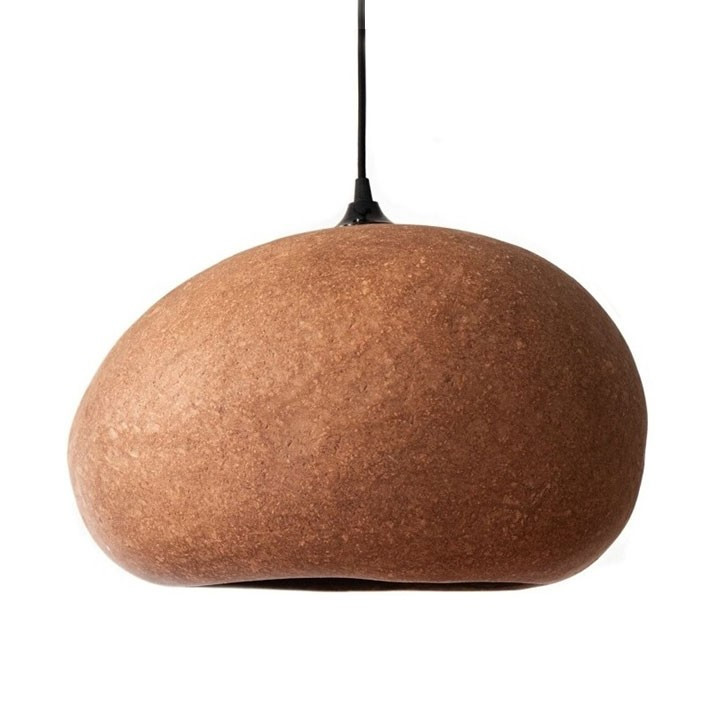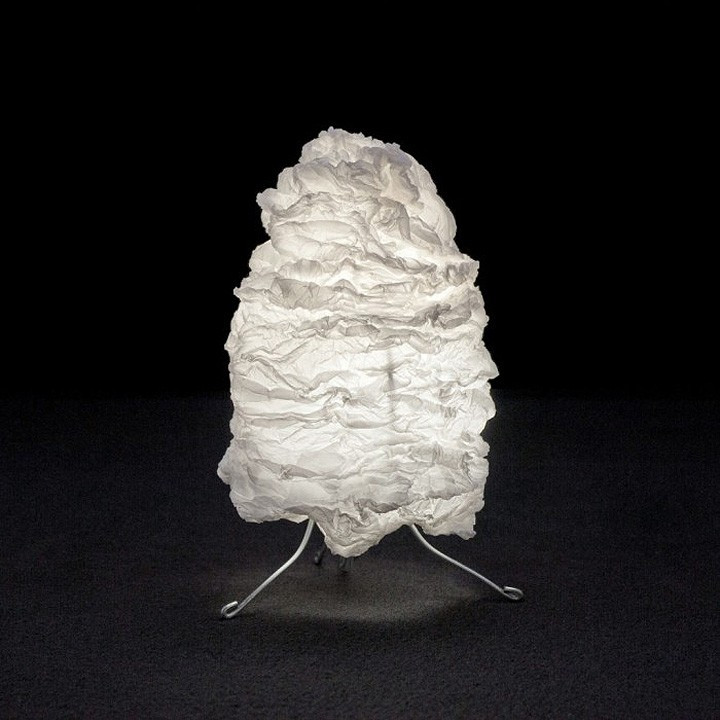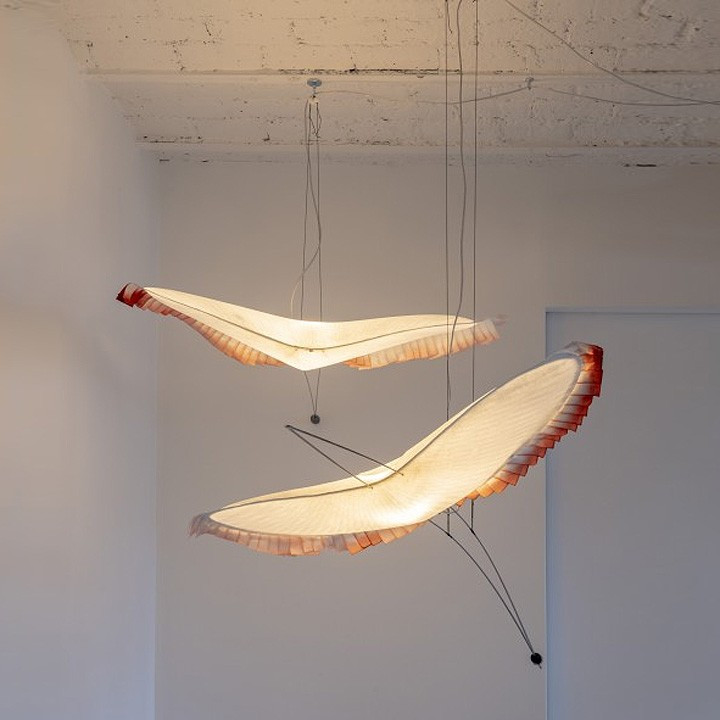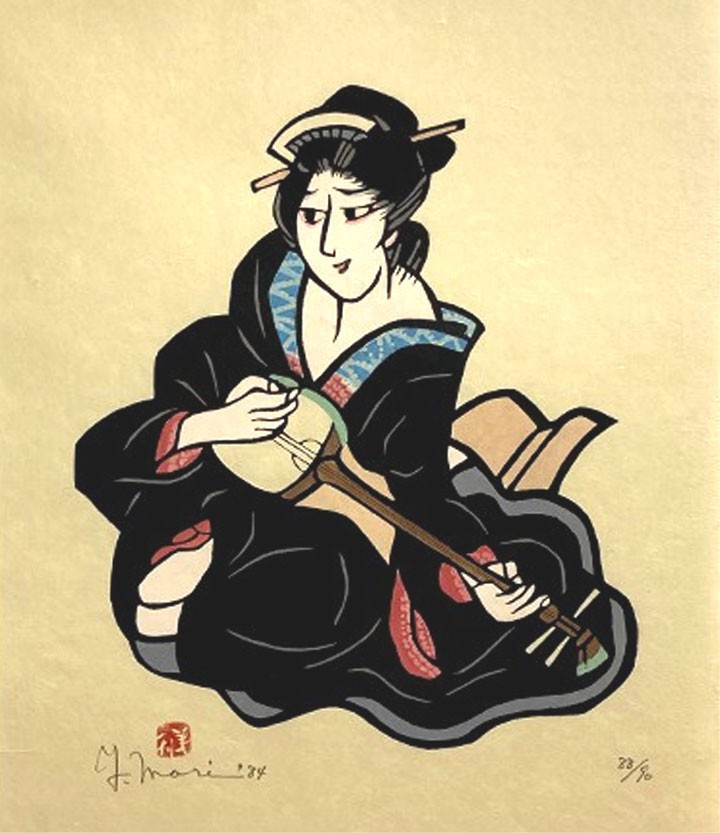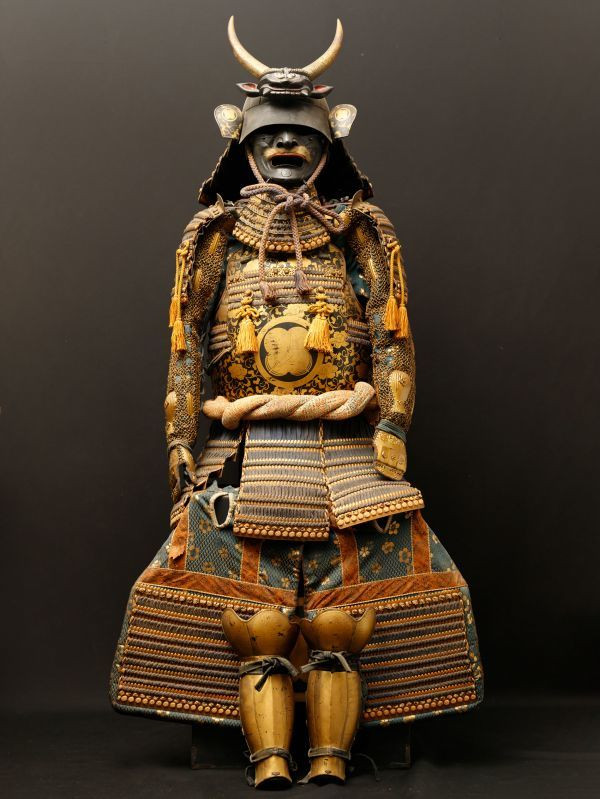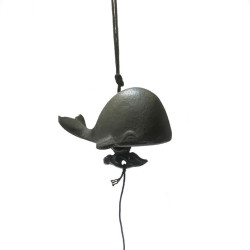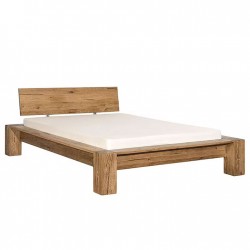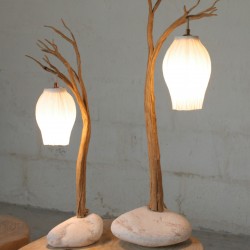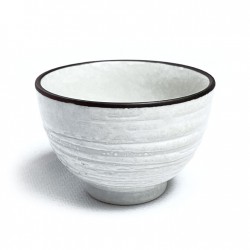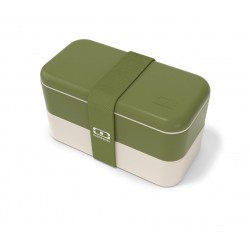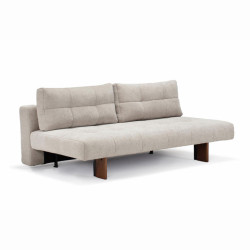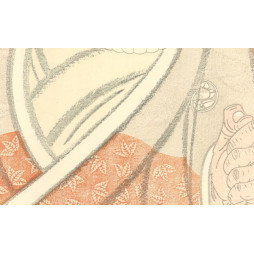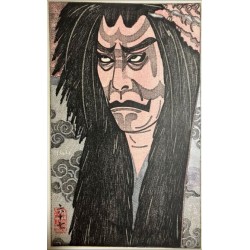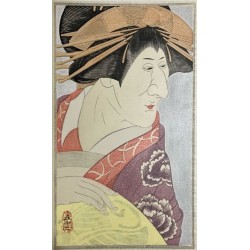Print artist. One of postwar Japan’s leading designers of woodblock theatre prints. Practiced woodblock carving as a side interest while pursuing a career as an office executive. In 1978 a kabuki performance at the National Theater inspired him to produce a series of theatre prints, after which he became a professional woodblock print artist. He went on to produce around 12 theatrical print designs in series annually from 1978-2000.
Born in Chigasaki, Kanagawa Prefecture, but raised in Shinjuku Ward, Tokyo. Real name Mitsui Gen. Father was an unsuccessful painter; his grandfather, who lived next door, was the Western-style painter and print artist Nakazawa Hiromitsu (q.v.) who specialised in landscape series. Kokei graduated from Fuji Junior College and then worked as a company 'salaryman' until turning suddenly in 1978 to the production of woodblock prints of actors performing at the Kabuki-za, Tokyo. Began with bust portraits (okubi-e) inspired by the work of Sharaku (q.v.). The early series were in editions of thirty-six or forty-five, but he did not always complete them, sometimes defacing the blocks even before the announced number was produced.
Early work includes flower studies and the series 'Hachi dai-jigoku zu' (Eight Types of Hell) in an edition of two. Admird by the President of Shochiku, the company which runs the Kabuki-za, who gradually interested others in his work, until the editions reached seventy-two. In 1992 Kokei changed his brightly coloured style to a semi-monochrome palette. He uses extremely thin paper made from 'ganpi' and does all his own cutting and printing. His perceptive, slightly grotesque studies of contemporary actors have made him the most notable artist of Kabuki prints since Natori Shunsen (q.v.).
His exhibition in 1988 at the Pacific Asia Museum, Pasadena, made him widely appreciated by Western connoisseurs.
